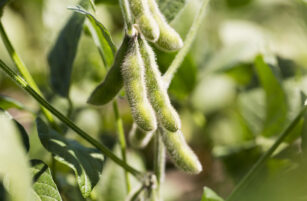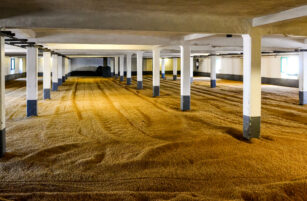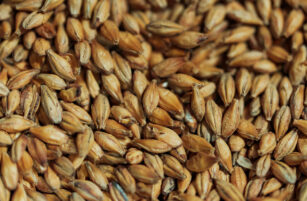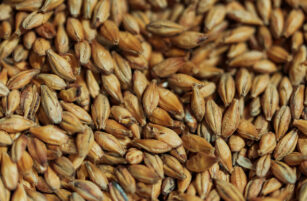Insight Focus
Corn in Chicago plunged on a jump in acreage and tariff concerns. European grains declined but experienced smaller losses than Chicago counterparts. The market is expected to find support after the release of next week’s WASDE report.
Corn in Chicago plummeted due to a sharp increase in expected area for the new crop and fears of tariff retaliation, with wheat following suit. European grains also followed the US market but experienced milder losses.
Following last week’s selloff, the market is expected to find a new level between the large projected production for the new crop and the tight ending stocks of the current crop.
The March WASDE report is set to be released next Tuesday, and we continue to anticipate a reduction in US corn carry, as well as lower production estimates for Brazil and Argentina, which should offer some support to the market. The USDA tends to be overly optimistic in its initial acreage estimates, so we expect a downward revision of the numbers, although this correction will take time.
There is no change to our forecast for Chicago corn for the 2024/25 crop (September/August), which is expected to average USD 4.55/bushel. The average price since September 1 is currently running at USD 4.40/bushel.
Corn Prices Plunge
March corn sold off as of the opening last week and declined every single day, closing the week almost 8% lower, driven by expectations of increased acreage, which the USDA confirmed on Thursday.
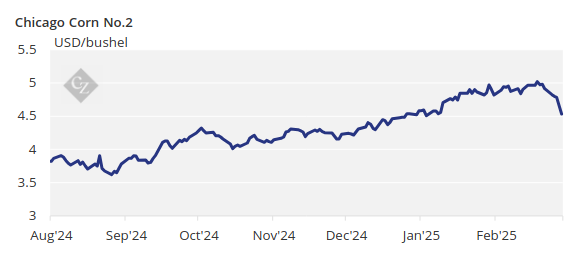
Last week brought only bearish news for corn. Combined with the large net speculative long positions, this triggered significant long liquidation, somewhat exaggerating the correction. External markets were also bearish, with crude oil and equities tumbling. There was nothing to support corn and prevent its steep weekly decline.
In addition to speculation over the acreage number, which was later confirmed, export inspections published last Monday showed a 30% week-on-week drop, well below expectations. This reflected that the recent rally had left FOB values too expensive for the world market.
Meanwhile, weather conditions improved in Brazil and Argentina, allowing a significant advance in Safrinha planting in Brazil. At the same time, Trump reinstated tariffs on Mexico and Canada, effective this week, with similar measures planned for the EU and China soon.
Last Thursday, the USDA projected the new crop at 94 million acres, compared to the expected 93.5 million acres. This also marks a 3.8% year-on-year increase in planted area. With a trend yield of 181 bushels/acre, production is forecasted at 15.59 billion bushels. The corn carry is now expected at 1.97 billion bushels, up from 1.54 billion for the current crop, translating to a 13% stock-to-use ratio.
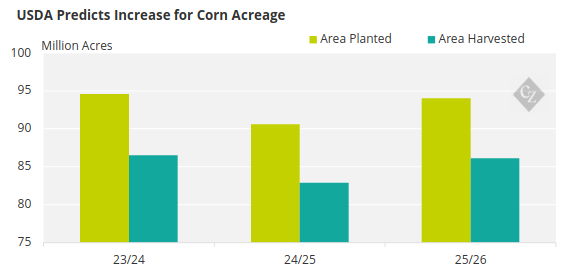
Source: USDA
In Brazil, soybean harvesting made significant progress, reaching 36.4%, close to last year’s 38% completion, and easing concerns about delays in Safrinha corn planting. This now stands at 53.6%, reflecting an 18-point weekly increase, compared to 59% last year.
Meanwhile, corn harvesting in Argentina has begun and is now 5.4% complete. The crop condition has improved, with 71% rated good or excellent, up from 69% the previous week.
USDA Raises Wheat Acreage Forecast
Wheat prices were pressured lower by corn and easing concerns over winterkill in the US and the Black Sea region, as milder weather returned.
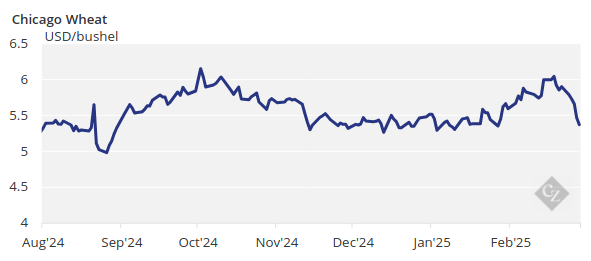
The USDA projected 47 million acres for the new crop, up from 46.1 million in the last crop. This would lead to 1.93 billion bushels of production, down from 1.97 billion in the current crop due to lower yield.
In France, wheat condition is rated 73% good or excellent, down 1 point from the previous week but above 68% last year.
Warmer-than-average temperatures are expected across the US, leading to net drying. Argentina is forecasted to receive favourable rains, but temperatures will remain very hot. Brazil is also expected to see rainy weather, though not across the whole central-southern region, and the planted area will also remain hot. Dry and warm conditions are expected across Europe, including the Black Sea region.







